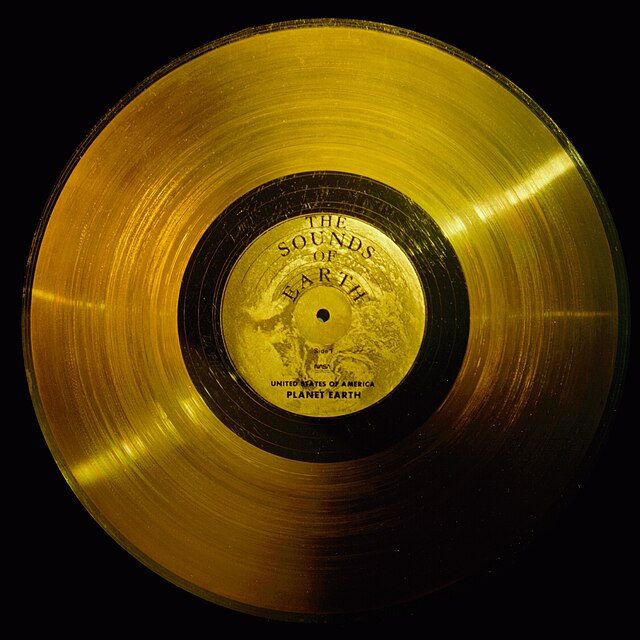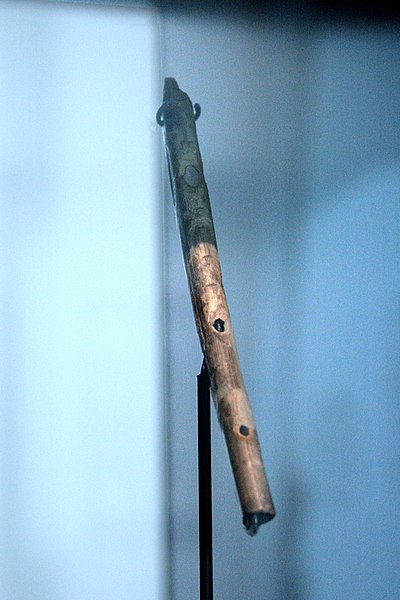In music, counterpoint is a method of composition in which two or more musical lines are simultaneously played which are harmonically correlated yet independent in rhythm and melodic contour. It has been most commonly identified in the European classical tradition, strongly developing during the Renaissance and in much of the common practice period, especially in the Baroque period. The term originates from the Latin punctus contra punctum meaning "point against point", i.e. "note against note".
Gradus ad Parnassum (1725) by Johann Joseph Fux defines the modern system of teaching counterpoint
Example of a double passing tone in which the two middle notes are a dissonant interval from the cantus firmus, a fourth and a diminished fifth
Example of a descending double neighbor figure against a cantus firmus
Example of an ascending double neighbor figure (with an interesting tritone leap at the end) against a cantus firmus
Music is the arrangement of sound to create some combination of form, harmony, melody, rhythm, or otherwise expressive content. However, definitions of music vary depending on culture, though it is an aspect of all human societies and a cultural universal. While scholars agree that music is defined by a few specific elements, there is no consensus on their precise definitions. The creation of music is commonly divided into musical composition, musical improvisation, and musical performance, though the topic itself extends into academic disciplines, criticism, philosophy, psychology, and therapeutic contexts. Music may be performed using a vast range of instruments, including the human voice to sing, and thus is often credited for its extreme versatility and opportunity for creativity.
Grooved side of the Voyager Golden Record launched along the Voyager probes to space, which feature music from around the world
In Greek mythology, the nine Muses were the inspiration for many creative endeavors, including the arts, and eventually became closely aligned with music specifically.
Bone flute from Geissenklösterle, Germany, dated around c. 43,150–39,370 BP.
Indian women dressed in regional attire playing a variety of musical instruments popular in different parts of India








